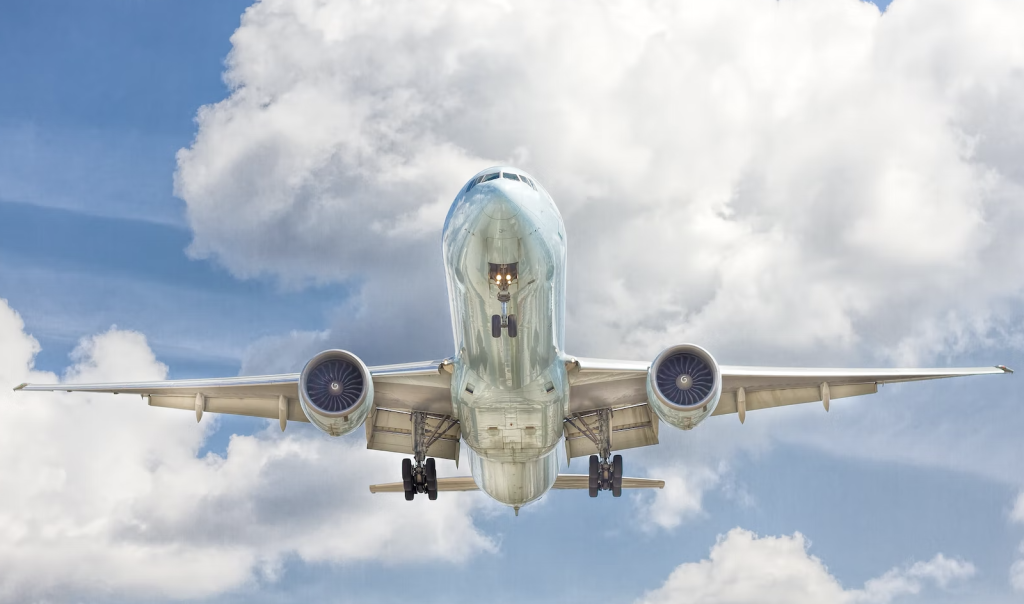Boeing To Stop Making Jets?
Boeing officially discontinued production of its iconic 747 aircraft so that it could put more focus on developing planes with newer, more advanced flight technologies.
This article is more than 2 years old

After fifty-four years of production, Boeing has officially stopped making their iconic airplane, the Boeing 747. They rolled the last aircraft off the production line in Everett, Washington, this week. The last 747 double-decker plane manufactured will not be used as a passenger aircraft; instead, it will be used as a cargo flight for Atlas Air.
So there are no more Boeing 747’s being produced, but some older models are still taking flight for years to come, a statement from Boeing suggested.
Boeing made the hard decision to stop production of their most famous plane as they came to realize it could not keep up compared to more modern and technologically advanced aircraft. Two-engine aircraft can travel faster and more economically than the four-engine airplane, and it was time Boeing started to put more emphasis on new designs to keep up with other aircraft manufacturers.
The Boeing 747 jumbo jet’s first commercial flight was in 1970, and in its time as a passenger aircraft, it has carried over 3.5 billion passengers. It was iconic in its design, with two stories, and its sheer size. It was an aircraft that you could identify easily. The double-decker plane made long-haul luxury travel available to a more considerable range of customers globally.
Since the production of 747 aircraft in 1967, 1,574 have been manufactured and commissioned into the air. In 1970, it started to carry passengers on long-haul flights, the first one being from New York to London, and cities around the globe became a lot easier to reach. Within a year, numerous airlines, including Air Canada and Air India, were using the enormous aircraft.
Its interior was the first of its kind, with comfortable chairs, a personal movie screen, and plenty of legroom. The luxury didn’t end there, with a first-class area upstairs, accessed by a spiral staircase adorned with spotlights and high-quality carpet.
Also, a version of the Boeing 747 carried a space shuttle into space, and one man was so inspired by its ground-breaking technology that he built a ground-based version. Some of its roles and applications are as iconic as it is.
They provided customers with exotic locations at a reduced price, with the premise that they could get more passengers on a plane, the cheaper it would be. But this changed as more people opted for fuel-efficient, quicker flights with smaller numbers rather than the Boeing 747.
This change is when the Boeing 747’s allure started to wane. In 2017, all American airlines phased it out for quicker aircraft.
While it might seem like an unusual end for the Boeing 747 to be commissioned as a cargo jet, but what a lot of people don’t know is the liner itself came from plans for a vast military transporter aircraft. Boeing did not win that contract, it kept the plans for the cargo ships, so it is like the 747 has now come full circle, back to where it all started. It is the end of an era for Boeing and the 747.




